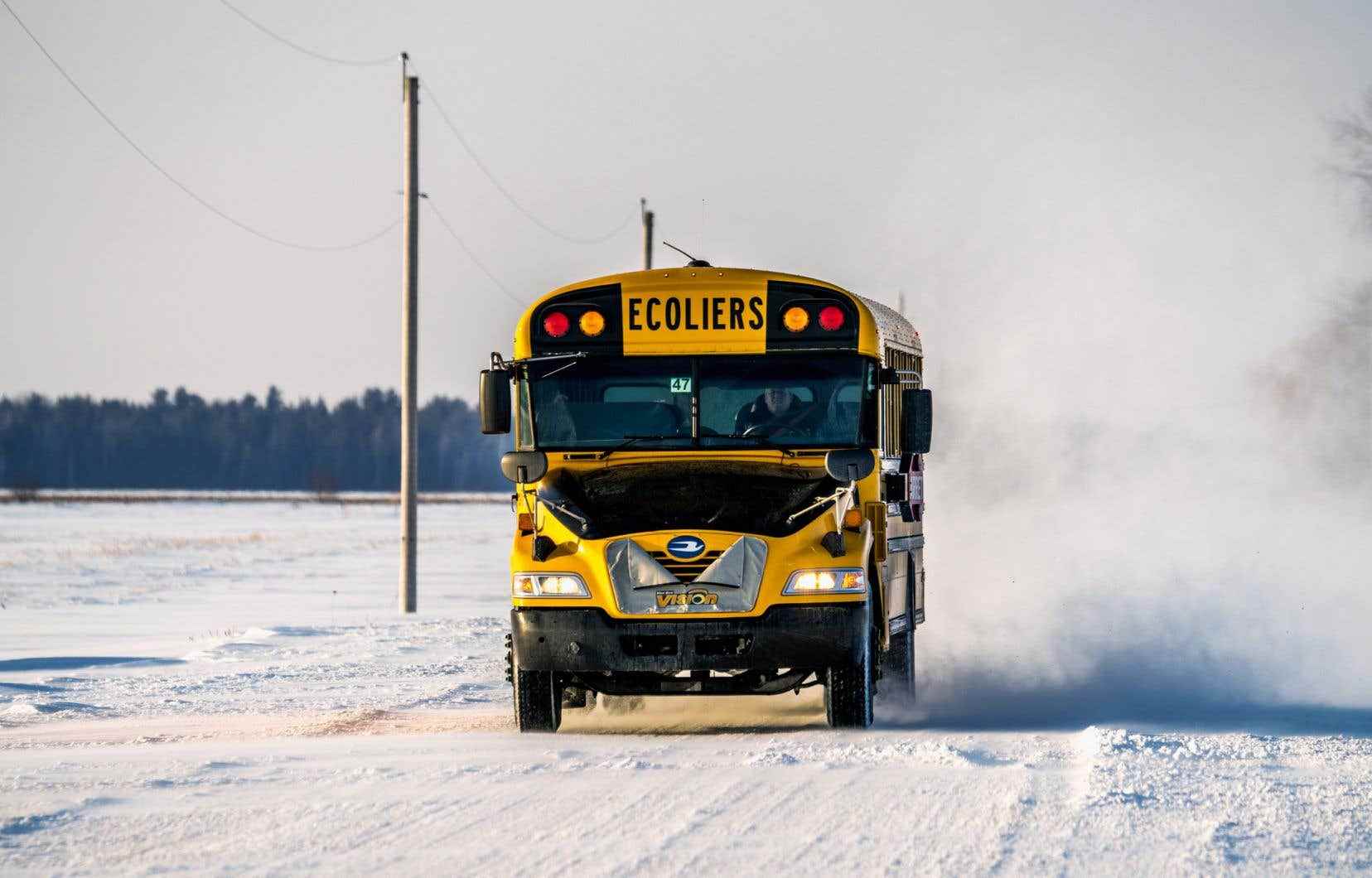This text is part of the special 75th anniversary of the FEESP
They lead us, protect us, take care of our cities and perform many other services for the good of the population. These key missions in our lives come with many challenges for workers in the six public sectors supported by the FEESP-CSN.
“Each sector has its challenges,” says Stéphanie Gratton, vice-president of the FEESP-CSN. For the political leader of four of them (school transport, public safety, multi-sector and government agencies), one of the great challenges of the federation is post-COVID recovery. “This requires a lot of support from our local unions who have worked very hard during the pandemic. But we are very present and we are displayed everywhere so that our messages are heard, ”she says. Simon Mathieu Malenfant, vice-president treasurer of the federation, is responsible for policy in the transport and municipal sectors. “We are attentive to changes in laws and we anticipate the challenges linked to energy transitions to support our unions”, he underlines.
The challenge of electric transport
Electrifying the bus fleet in 2030, as promised by the government, will be a major challenge according to Bruno-Pierre Gauthier, president of the transport sector. Its 4,500 members work in public, freight and pipeline transportation. “On the island of Montreal, we won’t necessarily be able to have 100% electric buses. Hydro-Québec is not able to provide us with enough terminals and power to charge our buses at night! he says. This transition raises a safety issue for maintenance personnel. “The dangers of electrocution are deadly now,” warns Simon Mathieu Malenfant.
Bus drivers are also bothered by the three-point belt, which does not adjust to the templates. “It goes around the neck or under the arm of some,” laments Bruno-Pierre Gauthier, also concerned about the drop in attendance and staff and the reduction in service to the detriment of users, in connection with competition from private projects.
Municipalities of all sizes
André Lajoie, president of the municipal sector, likes to remember that the FEESP was created on the basis of municipal unions. Its challenge is to ensure cohesion with municipalities of all sizes (136 unions). “It’s a challenge to recreate a face-to-face link after the pandemic,” he says.
The president wishes to raise awareness of the municipal employees’ pension plan, sponsored by the FEESP when it was created. “It allows small municipalities to join a defined benefit pension plan that they could not afford alone,” he explains. Other tools created by the federation should be put forward (subcontracting cost software, collection of collective agreements). Support for legislative changes is also a major challenge in this sector.
Out of recognition
“We must stop trivializing the work of drivers! proclaims Josée Dubé, president of the school transportation sector (buses, sedans), which includes 63 unions. What was for a long time a “retired jobine” has become a profession requiring skills and patience with children with sometimes extreme challenges that the drivers manage alone. “We have been fighting for 25 years to obtain better conditions,” notes Josée Dubé.
Bus drivers drive between 5 and 7.5 hours a day. Most earn about $14 an hour for several years before hoping to climb to $17 or $18, as negotiations between school boards and private carriers are tight. These low wages lead to a labor shortage and service disruptions. “We have 10,500 bus drivers in Quebec. 1500 are missing! » alert Mme Dube. The federation has launched a petition to ask for a bigger budget from the government, and it is preparing a big demonstration in Quebec on May 14.
The word of the government
The sector of government agencies brings together 9,000 members of various structures such as the SAQ, the Quebec Cannabis Society, legal aid or ferries. “But we all have the same employer: the government,” launches the president of the sector, Stéphanie Martel-Gill. The challenge is to get closer. “We have developed negotiations bringing together several unions, at ferries and casinos, for example,” emphasizes Stéphanie Gratton.
Another challenge is to ensure that the government honors its promises. “He says nice things to encourage the private sector to treat its employees well, but he does not do it in his own backyard”, warns Mme Martel-Gill. Working conditions negotiated in collective agreements are not respected. “Thousands of grievances are filed each year at the SAQ,” denounces the president.
Multisectoral participation
“We bring together members from a variety of backgrounds, such as cafeterias, power plants, grain elevators and ports,” explains Éric Fillion, who chairs the multisectoral sector. It is necessary to find common points between the 3,000 workers in 90 unions. “We have, for example, organized colloquiums in connection with the Federal Code”, indicates the president.
He has just relaunched a tour interrupted by the COVID-19 pandemic, to immerse himself in the reality of the sector and offer suitable tools and training. The sector newspaper (The Multisector) informs, creates links and highlights these trades in their diversity. “One of our major challenges is to stimulate participation in the bodies of the federation and in the labor movement,” says Mr. Fillion.
Reviving a young sector
Created four years ago, public safety is the youngest sector. “It brings together unions whose main mission is to protect the public: peace officers, security guards at airports and in public transport, etc. They face similar problems in their jobs,” explains Mathieu Lavoie, president of the sector. This is the case of post-traumatic trauma, which was the subject of a symposium in 2019. “Then, the pandemic slowed the emergence of our sector, but it made us realize that some employers did not adequately train their employees in health and safety,” said Mr. Lavoie.
Today, it is getting closer to its 3,500 members in more than fifteen unions. His biggest challenge is to “make the sector known, promote it and expand it”.
